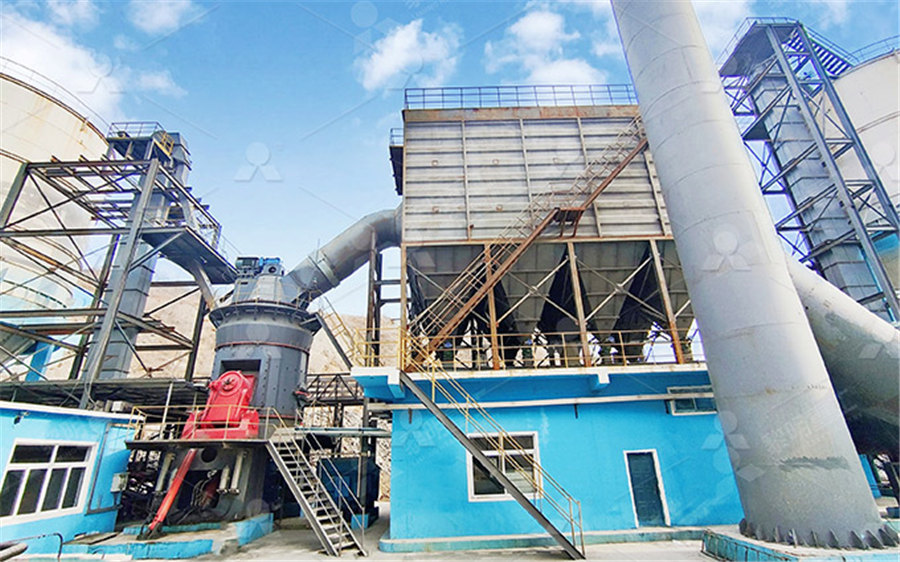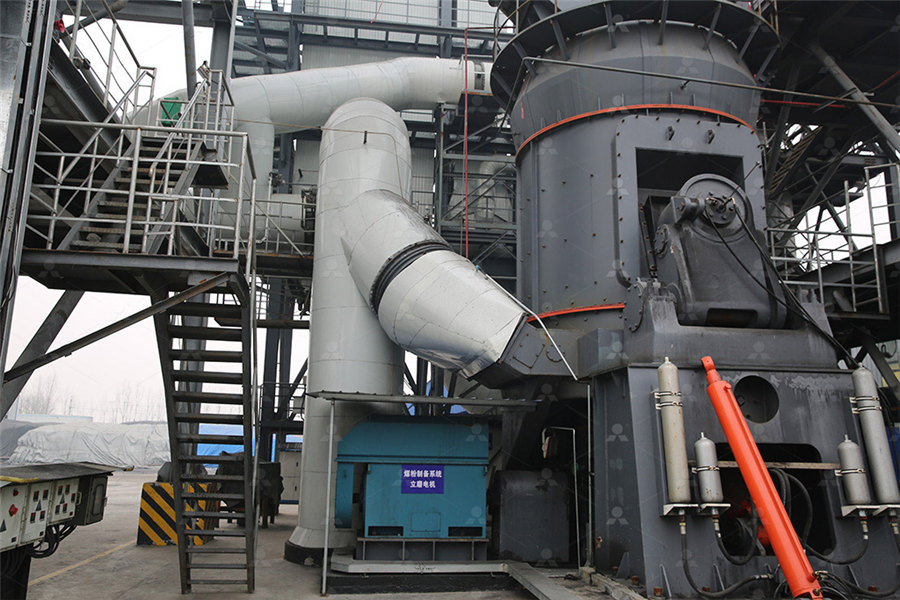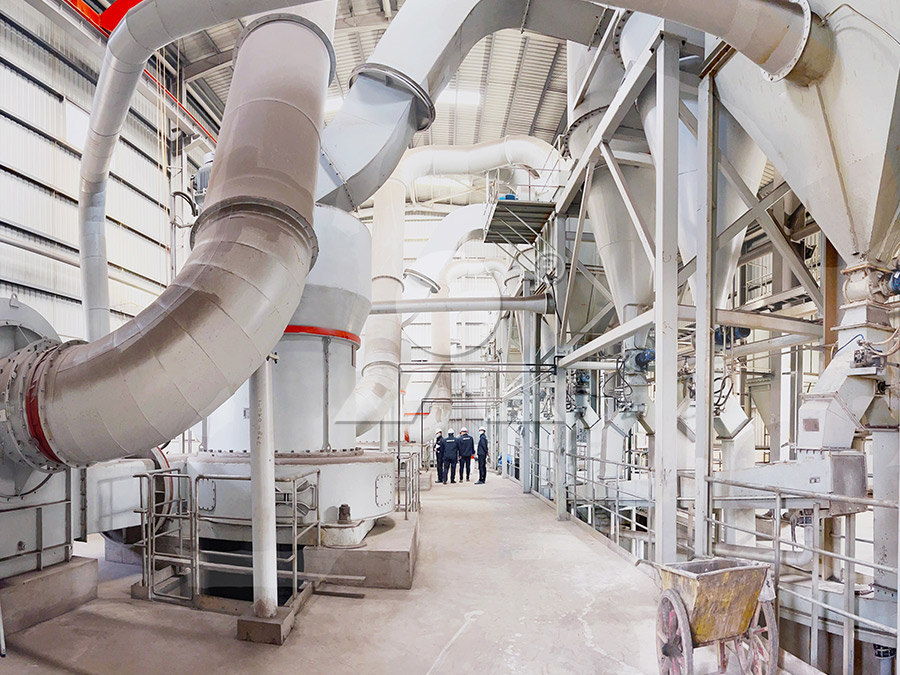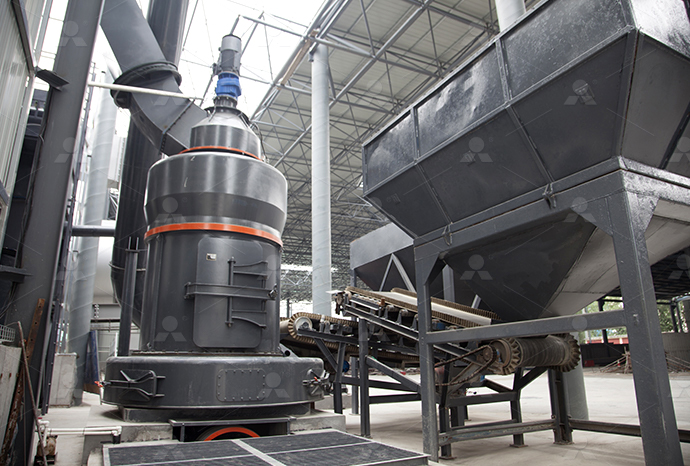
Use of slag iron

(PDF) Iron and Steel Slags ResearchGate
2017年3月5日 The physicochemical properties of four different types of iron and steel slags, including blast furnace slag, basic oxygen furnace slag, It is therefore not surprising that many attempts have been made to reuse iron and steelmaking slags However, these slags are not merely metallurgical waste products but, on the contrary, Industrial uses of slag (the use and reuse of iron and steelmaking Steel slag is produced during the separation of the molten steel from impurities in steelmaking furnaces The slag occurs as a molten liquid melt and is a complex solution of silicates and Iron and Steel Slag Utilization: A Comprehensive Analysis2013年7月18日 Steelmaking slag volumes have been reduced on commercial scale from about 140 kg t −1 steel to 60 kg t −1 steel Moreover, model predictions have shown that in principle, Industrial uses of slag (the use and reuse of iron and steelmaking

Critical review of applications of iron and steel slags for carbon
2019年1月8日 Iron and steel manufacturing industry has been capturing CO 2 from its flue gas with carbontrapping technologies (eg: amine scrubbing, electrostatic precipitator) and Throughout the ages, slags have been used to refine metals for the benefit of humankind For example, Agricola1 describes the direct reduction of iron from ore: ‘iron is melted out and Industrial uses of slag—The use and reuse of iron and 2005年2月1日 During ironmaking as well as during steelmaking, significant amounts of slag are produced Two decades ago, more than 13 million tonne (mt) of blast furnace slag and 4 mt of [PDF] Industrial uses of slag (the use and reuse of iron and At the same time, the reuse of iron and steelmaking slags has been expanded, and has led to a signiÞcant reduction in the environmental impact of these byproducts Following a brief Industrial uses of slag (the use and reuse of iron and steelmaking
.jpg)
Slag Wikipedia
Molten slag is carried outside and poured into a dump The general term slag may be a byproduct or coproduct of smelting (pyrometallurgical) ores and recycled metals depending on the type of material being produced [1] Slag is mainly a 2019年7月1日 Around 20 million tons of slag is produced annually in Europe, half of which is produced is BOS slag (Liu et al, 2016), meaning that large quantities of industrial byproducts are produced each yearOne obvious alternative to landfilling such byproducts would be to reutilize the slag in steelmaking or use for secondary applications (Joulazadeh and Joulazadeh, 2010)The recycling and reuse of steelmaking slags — A reviewcharge to the iron blast furnace has been fluxed to form a DIPPENAAR, R Industrial uses of slag—The use and reuse of iron and steelmaking slags VII International Conference on Molten Slags Fluxes and Salts, The South African Institute of Mining and Metallurgy, 2004 Industrial uses of slag—The use and reuse of iron and steelmaking slagsIndustrial uses of slag—The use and reuse of iron and SAIMM2023年5月15日 The primary minerals that make up steel slag include dicalcium silicate (C 2 S), tricalcium silicate (C 3 S), calcium‑magnesium olivine (CaMg[SiO 4]), tetracalcium iron aluminate (C 4 AF), dicalcium ferrate (C 2 F), RO (oxide solid solution of Mg 2+, Fe 2+, Mn 2+), free calcium oxide (fCaO)The mineral composition of steel slag is comparable to that of silicate cement, Comprehensive utilization of steel slag: A review ScienceDirect
.jpg)
IRON AND STEEL SLAG USGS Publications Warehouse
production data for slag were not available, but iron slag production from blast furnaces was estimated to be 25% to 30% of crude (pig) iron production, and steel furnace slag production was estimated to be 10% to 15% of raw steel production In 2023, world iron slag production was estimated to be between 330 million and 390 million tons, andblast furnace slag and 4 mt of steelmaking slag per annum were produced in the USA alone It is therefore not surprising that many attempts have been made to reuse iron and steelmaking slags However, these slags are not merely metallurgical waste products but, on the contrary, theirIndustrial uses of slag (the use and reuse of iron and 2017年3月5日 PDF Nowadays, iron and steel industries are moving toward environmental sustainability through careful control of greenhouse gas emissions and Find, read and cite all the research you need (PDF) Iron and Steel Slags ResearchGate2015年6月1日 Slag examined in this study is defined as the predominantly silicate and oxide byproduct derived from smelting metallic ore The two main types of slag included in this discussion are from the primary production of ferrous ores, from iron and steel manufacturing, and from nonferrous ores, from the recovery of base metals and some precious metalsCharacteristics and environmental aspects of slag: A review

233R17: Guide to the Use of Slag Cement in Concrete and Mortar
The use of slag cement as a cementitious material dates back to 1774, when a mortar was made using slag cement in combination with slaked lime (Mather 1957) In 1862, a granulation process was proposed to facilitate removal and handling of iron blastfurnace slag leaving the blast furnace The use of granulation produced glassy material that played2019年1月8日 One of the major concerns faced by the iron and steel industry, other than the abundant emission of carbon dioxide into the atmosphere, is the huge quantity of slag that is generated during the manufacturing of iron and steel A comprehensive understanding of the iron and steel slag properties has diverted them away from stockpiling or landfilling to useful Critical review of applications of iron and steel slags for carbon 2023年11月25日 In response to the pressing global issue of reducing carbon emissions and the crucial technical challenges of fully utilizing steel slag, researchers have been studying an accelerated carbonation process that entails the carbonation of basic oxides in steel slag to store CO2 However, despite its promising potential, the process has yet to see widespread A review of use of metallurgical slag for its carbonation products 2021年1月8日 In the two last decades, world production of pig iron and steel has undergone a significant increase In 2018, 125287 and 180646 million tons of pig iron and steel, respectively, were produced (PDF) Use of Iron and Steel Slags in Concrete: State of

Primary characteristics and applications of iron and
Today, iron and steel slag is used in many fields where its unique characteristics can be put to effective use As a result of growing environmental awareness, iron and steel slag is highly regarded as a recycled material that can reduce Technical Guides A guide to the use of iron blast furnace slag in cement and concrete The technical guide, which is supplementary to the Association’s Guide to the Use of Slag in Roads, reviews in some detail the properties of slag in cement and concreteThe guide is a technical evaluation supported by field experience, that shows a coproduct such as iron blast furnace Technical Guides ASA Australasian (iron steel) Slag AssociationSLAG IRON AND STEEL 57th Edition SLAG IRON STEEL (FINAL RELEASE) GOVERNMENT OF INDIA MINISTRY OF MINES INDIAN BUREAU OF MINES Indira Bhavan, Civil Lines, NAGPUR – 440 001 PHONE/FAX NO (0712) PBX : (0712) , , EMAIL : Website: ibmgov January, 2020 Indian SLAG IRON AND STEEL IBMSLAG IRON AND STEEL *THM : Tonne Hot Metal Blast Furnace Slag In the blast furnace, the slag floating over molten pig iron (hot metal) is flushed out in slag pot and then sent to slag granulating plant or to cooling pits Depending upon the cooling process, three types of slags are generated, namely, aircooled slag, granulated slag and SLAG IRON AND STEEL Indian Minerals Yearbook 2018 IBM
.jpg)
ACI Publishes Guide to the Use of Slag Cement in Concrete and
The American Concrete Institute (ACI) has recently published ACI 233R17 Guide to the Use of Slag Cement in Concrete and Mortar As slag cement use is rising in the US, understanding how slag cement works best in various situations is increasingly important for contractors and engineersThe guide covers information on slag cement chemical properties and product During ironmaking as well as during steelmaking, significant amounts of slag are produced Two decades ago, more than 13 million tonne (mt) of blast furnace slag and 4 mt of steelmaking slag per annum were produced in the USA alone It is therefore not surprising that many attempts have been made to reuse iron and steelmaking slagsIndustrial uses of slag (the use and reuse of iron and 2018年11月14日 The steelmaking slag is composed mainly of calcium oxide (CaO) and silica (SiO2) In addition, it contains iron oxides (FeO, Fe2O3), manganese oxide (MnO), magnesium oxide (MgO), alumina (Al2O3), and The use of slag in the process of sintering improves the quality, reduce fuel consumption due to the heat liberation of Fe Properties and Uses of Steelmaking Slag – IspatGuruDuring the Industrial Revolution, now also known as the First Industrial Revolution, one of the important technological developments was in iron making where the substitution of coke for charcoal greatly lowered the fuel cost of pig iron and wrought iron production effectively allowing larger blast furnaces that resulted in economies of scale Although slag use in masonry work History National Slag Association
.jpg)
Carbon mineralization of steel and ironmaking slag: Paving the
2024年4月1日 In particular, the annual amounts of iron slag and steel slag globally generated were estimated to be 390 Mt and 290 Mt, respectively, in 2022 Steel and ironmaking slag contain 30–60 wt% of calcium oxide (CaO) and 3–15 wt% of magnesium oxide (MgO), suggesting high CO 2 storage capacities [19] Problems in the Use of Iron/steel Slag and Countermeasures 31 Yellow water leaching from aircooled BF slag BF slag contains approximately 1% S, in the form of CaS, originating from coke, which is charged into BFs as the reducing agent, and other materialsOverview of Iron/Steel Slag Application and Development of New 2011年10月27日 Ground granulated blast furnace slag (GGBS) can be blended with Portland cement to give a concrete that may have technical or price advantages, but in some countries there are limits on the alumina content (which may in turn restrict the use of iron ores from parts of the world where the gangue is more aluminous) Volume stabilityBasics of slag production Article on the slag industry from Global Slag2018年11月25日 Uses of BF slag Uses of BF slag which have been developed date back many centuries BF slag has been used in road building as long ago as in the year 1830 and as railroad ballast since the year 1875 The use of BF slag as concrete aggregate began in the year 1880 and in bituminous surfaces in the early 1900sProperties and Uses of Ironmaking slag – IspatGuru
FYEFEPS2HDZ49G5Z0[B.jpg)
The Road to Sustainability: Using Steel Slag for Asphalt Roads
2017年11月9日 According to the Washington State Department of Transportation’s Use of Steel Slag Aggregate in Pavements report in 2015, a high iron oxide content in steel slag aggregates creates pavement that is both hard and dense, making it a superior choice over natural aggregates such as rocks in creating hot mix asphalt Also, when used in bituminous 2004年5月14日 Steel slag is a byproduct from either the conversion of iron to steel in a basic oxygen furnace, or the melting of scrap to make steel in an electric arc furnace This paper reviews the production, processing, and characteristics of steel slag, and its use as a cementing component in different cementing systemsSteel Slag—Its Production, Processing, Characteristics, and 2005年2月1日 Traditionally, iron ore has been reduced with coke in a blast furnace and the hot metal product of the blast furnace containing carbon, manganese, silicon, sulphur and phosphorous, was subsequently refined in a steelmaking furnace During ironmaking as well as during steelmaking, significant amounts of slag are produced Two decades ago, more than 13 [PDF] Industrial uses of slag (the use and reuse of iron and 2024年6月12日 1 INTRODUCTION Blast furnace slag (BFS) and steel slag (SS), as industrial solid wastes produced in the process of steelmaking, account for 80%–90% of the total smelting slag [] BFS accounts for about 30% of pig iron output, [] while SS accounts for 10%–15% of the crude steel output [] SS comprises various slags, including basic oxygen furnace slag (BOFS) Recycling of iron and steel slag for carbon reduction and low
.jpg)
Iron and steel slag products : NIPPON SLAG ASSOCIATION
Compared with the use of natural sand, the use of iron and steel slag for ground improvement can reduce the cost of ground preparation for construction and other uses Because blast furnace slag includes fertilizer components CaO, SiO 2, and MgO, it is used in rice cultivation as a calcium silicate fertilizer2022年1月18日 This research paper represents the experimental study on use of iron ore slag dust material as an aggregate in concrete To accomplish the objective of manageable turn of events and use of waste (PDF) Iron Ore Slag Dust and Cement Block ResearchGateMolten slag is carried outside and poured into a dump The general term slag may be a byproduct or coproduct of smelting (pyrometallurgical) ores and recycled metals depending on the type of material being produced [1] Slag is mainly a Slag Wikipedia2019年7月1日 Around 20 million tons of slag is produced annually in Europe, half of which is produced is BOS slag (Liu et al, 2016), meaning that large quantities of industrial byproducts are produced each yearOne obvious alternative to landfilling such byproducts would be to reutilize the slag in steelmaking or use for secondary applications (Joulazadeh and Joulazadeh, 2010)The recycling and reuse of steelmaking slags — A review
.jpg)
Industrial uses of slag—The use and reuse of iron and SAIMM
charge to the iron blast furnace has been fluxed to form a DIPPENAAR, R Industrial uses of slag—The use and reuse of iron and steelmaking slags VII International Conference on Molten Slags Fluxes and Salts, The South African Institute of Mining and Metallurgy, 2004 Industrial uses of slag—The use and reuse of iron and steelmaking slags2023年5月15日 The primary minerals that make up steel slag include dicalcium silicate (C 2 S), tricalcium silicate (C 3 S), calcium‑magnesium olivine (CaMg[SiO 4]), tetracalcium iron aluminate (C 4 AF), dicalcium ferrate (C 2 F), RO (oxide solid solution of Mg 2+, Fe 2+, Mn 2+), free calcium oxide (fCaO)The mineral composition of steel slag is comparable to that of silicate cement, Comprehensive utilization of steel slag: A review ScienceDirectproduction data for slag were not available, but iron slag production from blast furnaces was estimated to be 25% to 30% of crude (pig) iron production, and steel furnace slag production was estimated to be 10% to 15% of raw steel production In 2023, world iron slag production was estimated to be between 330 million and 390 million tons, andIRON AND STEEL SLAG USGS Publications Warehouseblast furnace slag and 4 mt of steelmaking slag per annum were produced in the USA alone It is therefore not surprising that many attempts have been made to reuse iron and steelmaking slags However, these slags are not merely metallurgical waste products but, on the contrary, theirIndustrial uses of slag (the use and reuse of iron and
.jpg)
(PDF) Iron and Steel Slags ResearchGate
2017年3月5日 PDF Nowadays, iron and steel industries are moving toward environmental sustainability through careful control of greenhouse gas emissions and Find, read and cite all the research you need 2015年6月1日 Slag examined in this study is defined as the predominantly silicate and oxide byproduct derived from smelting metallic ore The two main types of slag included in this discussion are from the primary production of ferrous ores, from iron and steel manufacturing, and from nonferrous ores, from the recovery of base metals and some precious metalsCharacteristics and environmental aspects of slag: A reviewThe use of slag cement as a cementitious material dates back to 1774, when a mortar was made using slag cement in combination with slaked lime (Mather 1957) In 1862, a granulation process was proposed to facilitate removal and handling of iron blastfurnace slag leaving the blast furnace The use of granulation produced glassy material that played233R17: Guide to the Use of Slag Cement in Concrete and Mortar2019年1月8日 One of the major concerns faced by the iron and steel industry, other than the abundant emission of carbon dioxide into the atmosphere, is the huge quantity of slag that is generated during the manufacturing of iron and steel A comprehensive understanding of the iron and steel slag properties has diverted them away from stockpiling or landfilling to useful Critical review of applications of iron and steel slags for carbon













